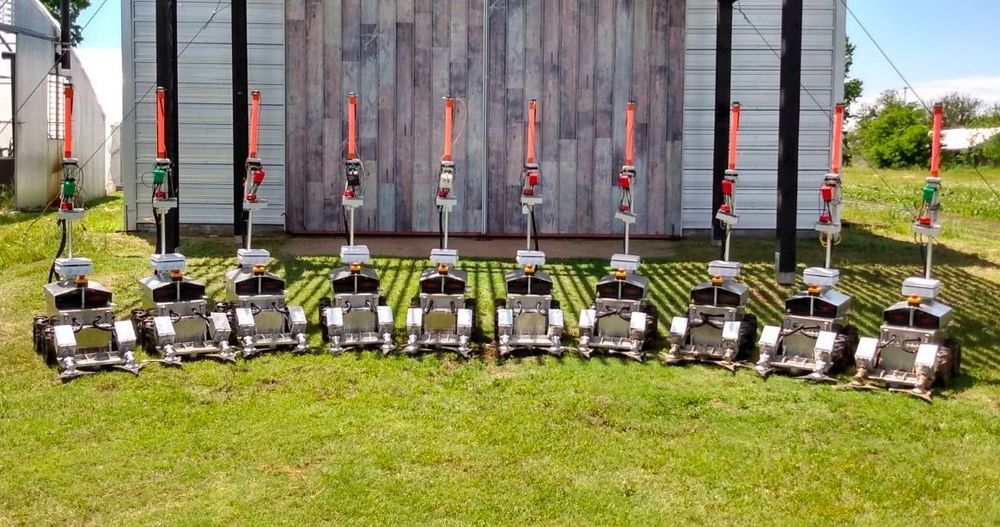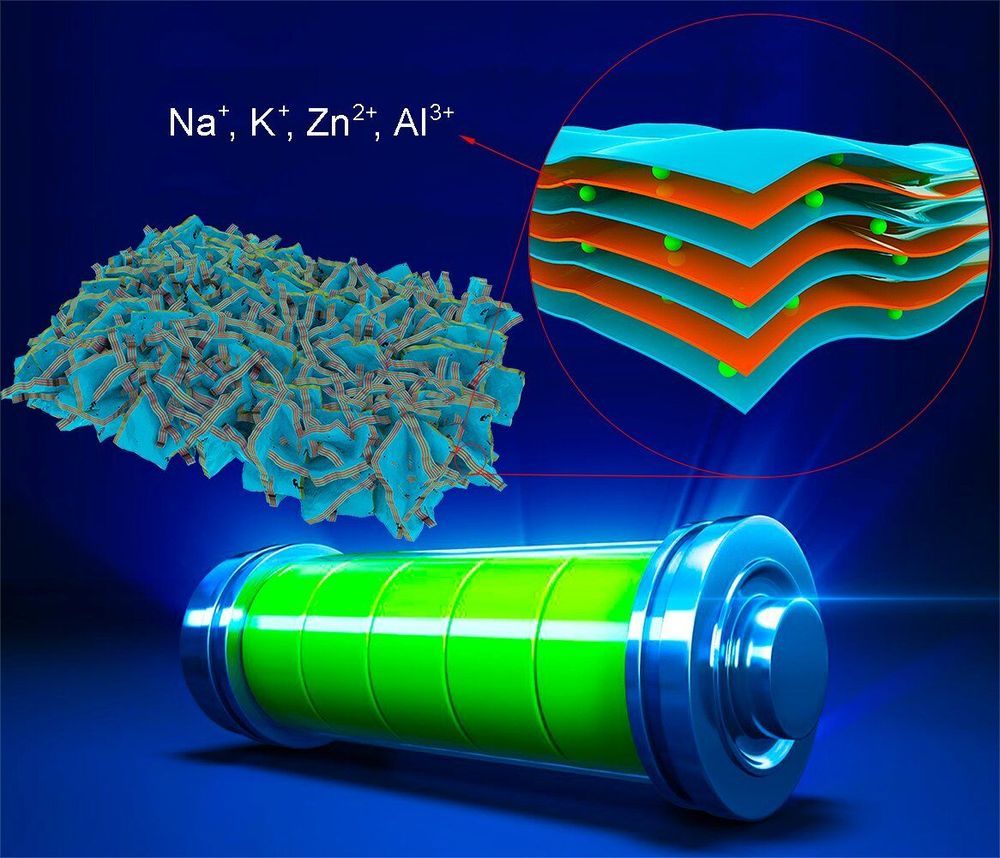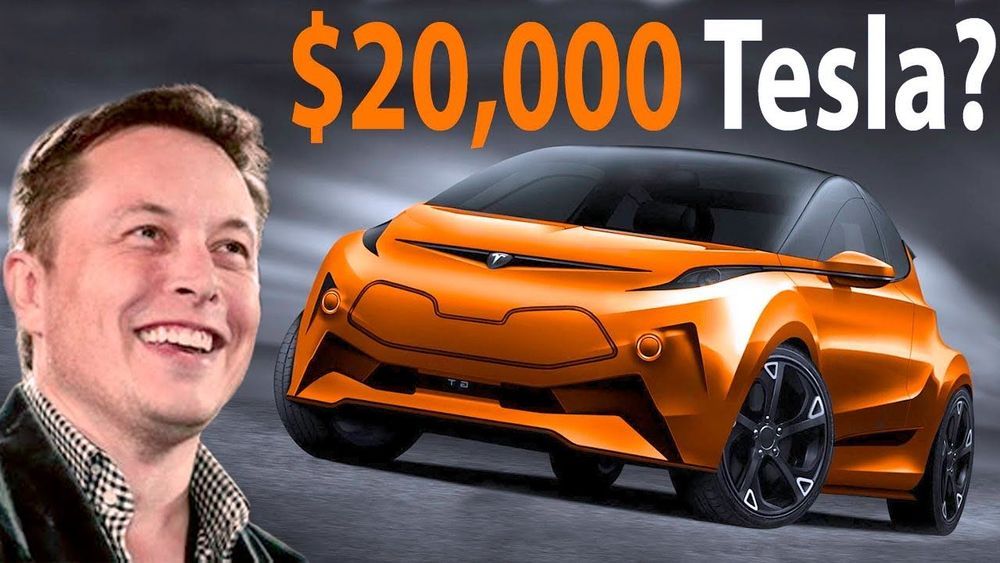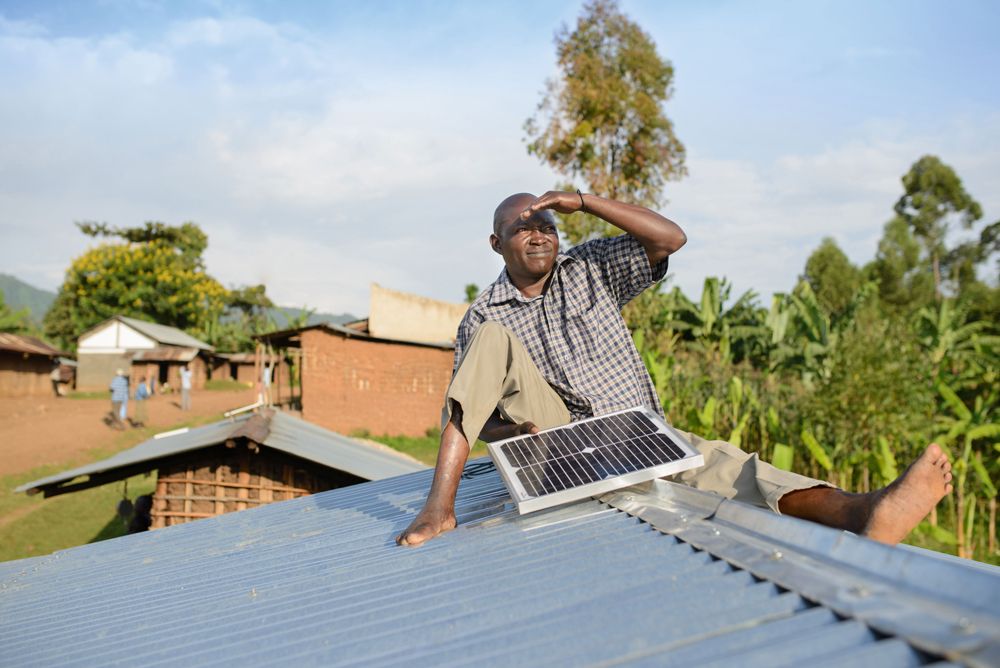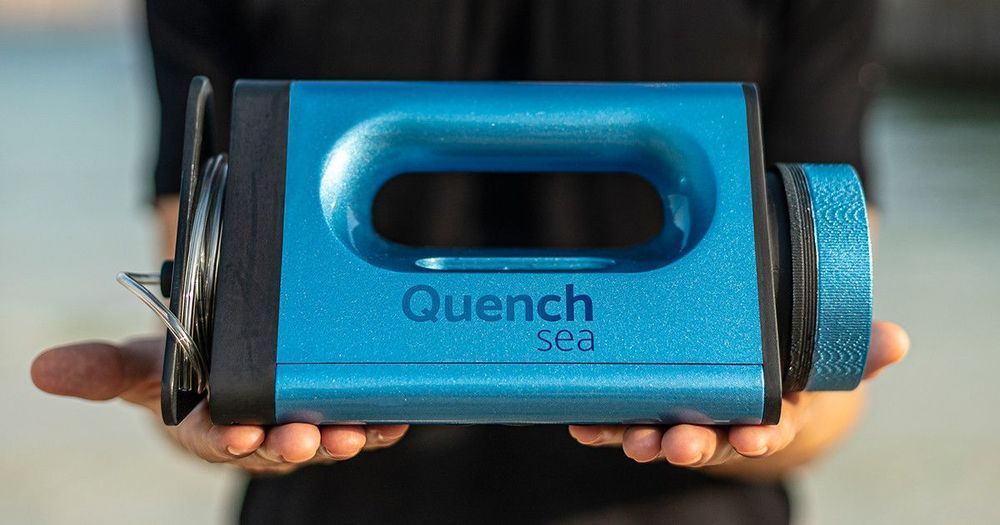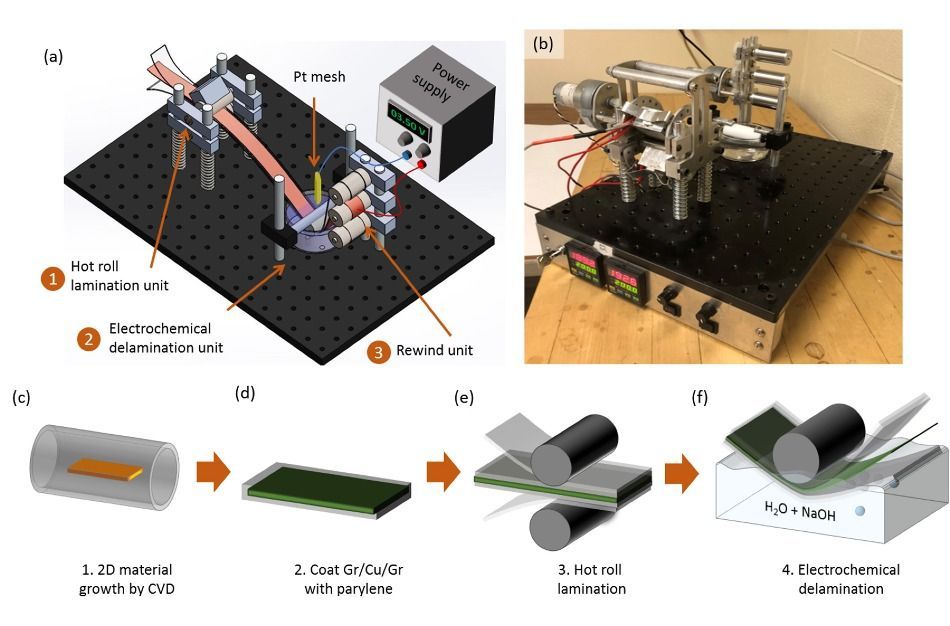Clint Brauer’s farm outside of Cheney, Kansas, could be described as Old MacDonald’s Farm plus robots. Along with 5,500 square feet of vegetable-growing greenhouses, classes teaching local families to grow their food, a herd of 105 sheep, and Warren G—a banana-eating llama named after the rapper—is a fleet of ten, 140-pound, battery-operated robots.
Brauer, the co-founder of Greenfield Robotics, grew up a farm kid. He left for the big city tech and digital world, but eventually made his way back to the family farm. Now, it’s the R&D headquarters for the Greenfield Robotics team, plus a working farm.
When Brauer returned to his agricultural roots, he did so with a purpose: to prove that food could be grown without harmful chemicals and by embracing soil- and planet-friendly practices. He did just that, becoming one of the premier farmers growing vegetables in Kansas without pesticides, selling to local markets, grocery store chains, and chefs.
